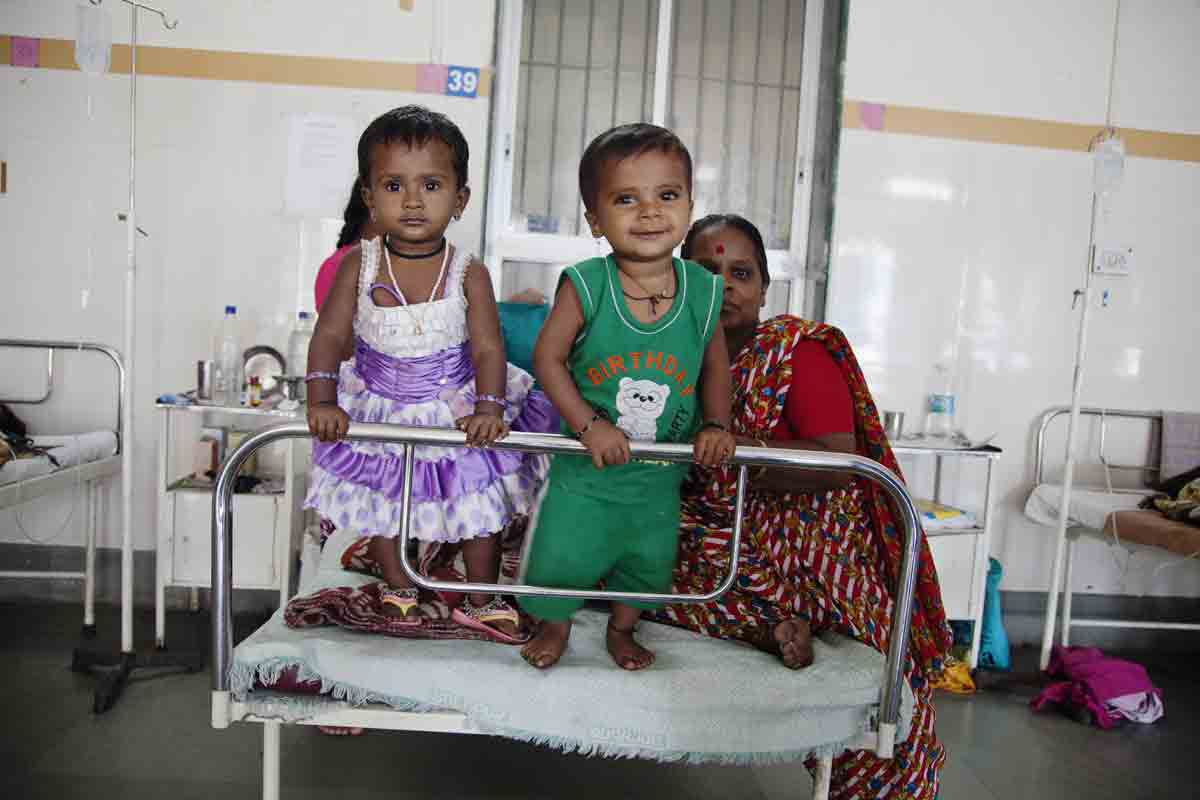NATIONAL POPULATION POLICY
In 1952, India was the first country in the world to launch a National Programme, emphasizing family planning. In 1966, several important developments concerning the family planning programme took place.
A full fledged Department of Family Planning was established within the Ministry of Health, which was designated as the ministry of Health and Family Planning, and a Minister of the cabinet rank was placed in its charge. A cabinet committee of Family Planning, initially headed by the Prime Minister and later by the Finance Minister, was constituted at the central level.
In 1976, during emergency, the Government of India announced National Population Policy. Through this:
i. The Government proposed legislation to raise the age of marriage to 18 for girls and 21 for boys;
ii. The Government would take special measures to raise the level of female education in the states;
iii. As the acceptance of Family Planning by the poorer sections of society was significantly related to the use of monetary compensation as from May 1, 1976, to Rs. 150 for sterilization (by men or women) if performed with 2 children, Rs. 100 if performed with three living children and Rs. 70 if performed with four or more children.
The announcement of the National Population Policy 2000, by the NDA government in February 2000 and setting up of a National Population Commission, under the strong and promising leadership of then Prime Minister Mr. Atal Behari Vajpayee and comprising eminent persons from all walks of life on May 11, 2000 reflected the deep commitment of the government to population stabilization programme.
The National Population Policy 2000 (NPP 2000), affirms the commitment of the government towards voluntary and informed choice and consent of citizens while availing of productive health care services, and continuation of the target free approach in administering family planning services.
The NPP 2000 provides a policy frame work for advancing goals and prioritizing strategies during the next decade, to meet the reproductive and child health needs of the people of India, and to achieve net replacement levels (TFR) by 2010.
It is based upon the need to meet and simultaneously address issues of child survival, maternal health, and contraception, while increasing outreach and coverage of a comprehensive package of reproductive and child health services by government, industry and the voluntary non-government sector working in partnership.
Highlights on National Population Policy, 2000 of India!
The National Population Policy (NPP) 2000 provides a policy framework of achieving goals and prioritizing strategies during the next decade to meet the reproductive and child health needs of the people of India along with the target to achieve the net replacement levels (Total Fertility Rate). It aims at stable population by 2046.
The following national socio-demographic goals were formulated to be achieved by 2010:
1. To address the unmet needs for basic reproduction (contraception), child health services, supplies and infrastructure (health personnel).
2. To make school education up to age 14 free and compulsory and reduce dropouts at primary and secondary school levels to below 20 per cent for both boys and girls.
3. To reduce infant mortality rate to below 30 per 1,000 live births.
4. To reduce maternal mortality rate to below 100 per 100,000 live births.
5. To achieve universal immunization of children against all vaccine preventable diseases.
6. To promote delayed marriages for girls, not earlier than age 18 and preferably after 20 years of age.
7. To achieve universal access to information/counseling, and services for fertility regulation and contraception with a wide basket of choices.
8. To achieve 80 per cent institutional deliveries and 100 per cent deliveries by trained persons.
9. To achieve 100 per cent registration of births, deaths, marriages and pregnancies.
10. To prevent and control communicable diseases, especially AIDS and sexually transmitted infections (STIs).
11. To promote vigorously the small family norm.
12. To integrate Indian Systems of Medicine (ISM) in the provision of reproductive and child health services, and in reaching out to households.
It is to be noted that like China, a coerced population control policy of one child only has not been accepted in India. It has been kept totally voluntary. For achieving the goals of family welfare programme, accredited social health activists have been appointed.
The policy document hoped that if NPP 2000 was fully implemented, India’s population in 2010 would be 1,107 million. In other words, the absolute population would be lower by over 55 million if TFR is brought down to replacement level by 2010.
The document stated a special strategic theme for underserved population—slum population, tribal communities, displaced migrant population and adolescents. Not only this, NPP 2000 had identified a separate strategic theme for the aged persons for their health care and support.
Ironically enough, the family planning (new welfare) programme failed to deliver desired results at least till recently. Much of the failure, as is generally suggested, can be attributed to a deep-rooted attitude of preference for a male child and also ignorance of the rural masses about the birth control techniques. Despite all efforts, there is little evidence of our capacity to arrest population explosion. An estimate suggests that about 8,000 persons are added to it every day.
According to the Human Development Report (2011), India ranks a low 134 position among 187 countries in terms of HDI. The HDI ranking is a combined measure of long and healthy life (expectation of life), education and standard of living.

